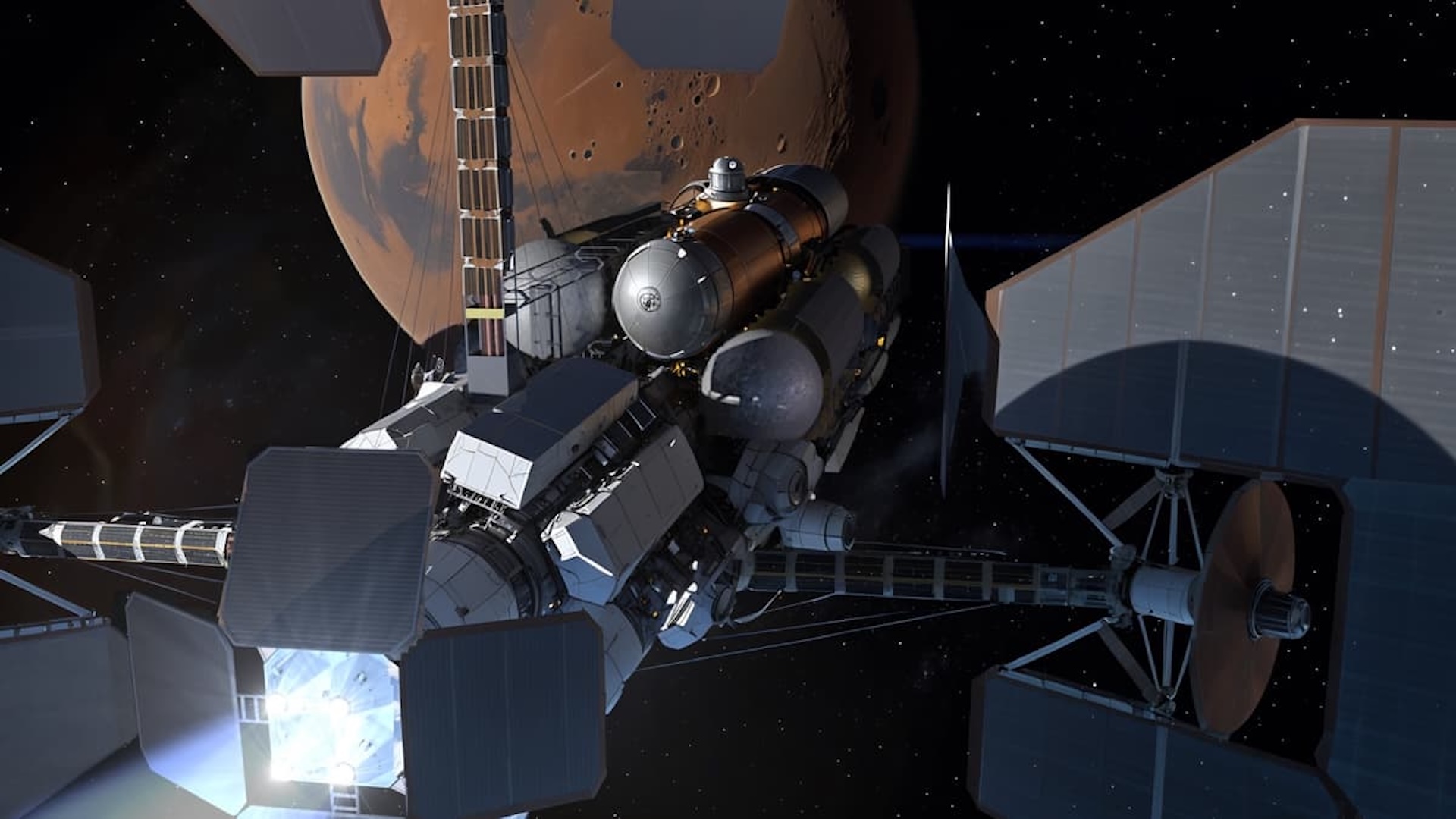Scientists have proposed an experimental spacecraft that could reach one of the farthest known objects in the solar system in as little as seven years.
The team of researchers, from Italy, believes either a nuclear fusion rocket or a solar sailing spacecraft could reach the dwarf planet and collect valuable data.
Flying to Sedna with two experimental spacecraft concepts
In 2003, astronomers spotted a distant object orbiting the Sun beyond Pluto. At the time, it was the most distant known object in the solar system. They named it Sedna after the Inuit goddess of the ocean.
Now, a team of scientists wants to investigate Sedna to uncover some of the mysteries of the early solar system. The cold dwarf planet orbits once every 10,000 years, meaning it travels billions of miles from the Sun. However, its next perihelion, or closest approach to the Sun, will take place in 2076. This poses an opportunity, as it could allow a spacecraft to reach the planet within a somewhat reasonable timeframe.
In a new paper available on the pre-print server arXiv, the team detailed two experimental propulsion concepts. One of these involves a nuclear fusion rocket engine, while the other is a solar sail concept. Both of these concepts could cut travel time to Sedna by more than 50 percent when compared with traditional spacecraft, the scientists claim. In doing so, a mission could reach the dwarf planet in a timeline somewhere between seven and ten months.
When Sedna was first discovered, it was roughly 8 billion miles (13 billion kilometers) from the Sun, a report from Gizmodo explains. As a point of reference, Pluto’s average distance from the Sun is 3.7 billion miles. In 2076, it will be within 7 billion miles of the Sun. That is still three times farther from the Sun than Neptune. However, it may be just close enough for an experimental spacecraft to bridge the gap.
Nuclear propulsion and solar sailing
The team’s first proposal is the Direct Fusion Drive (DFD) rocket engine. This is currently under development at Princeton University’s Plasma Physics Laboratory. This engine is being designed to produce both thrust and electrical power from a controlled nuclear fusion reaction.
“The DFD presents a promising alternative to conventional propulsion, offering high thrust-to-weight ratio and continuous acceleration,” the researchers explained in their paper. “However, its feasibility remains subject to key engineering challenges, including plasma stability, heat dissipation, and operational longevity under deep-space radiation.”
The second concept would use a solar sail to harness energy from the Sun. This would allow a lightweight probe to fly at incredibly high speeds on its journey to the outer solar system. Solar sails are a proven concept.
In 2019, The Planetary Society successfully raised the orbit of a small satellite called LightSail 2 using solar sail technology. Essentially, this technology uses a large sail that is propelled by photons from the Sun. In other words, it propels a spacecraft using sunlight.
In their paper, the researchers suggested coating the solar sails with a material that releases molecules when heated. This would provide added propulsion through a process known as thermal desorption. As a solar sail wouldn’t require heavy fuel, it could reach Sedna in as little as seven years.
It’s worth noting that a solar sail mission would only allow a flyby of Sedna. The nuclear fusion rocket concept, meanwhile, could insert a smaller spacecraft into the dwarf planet’s orbit.
